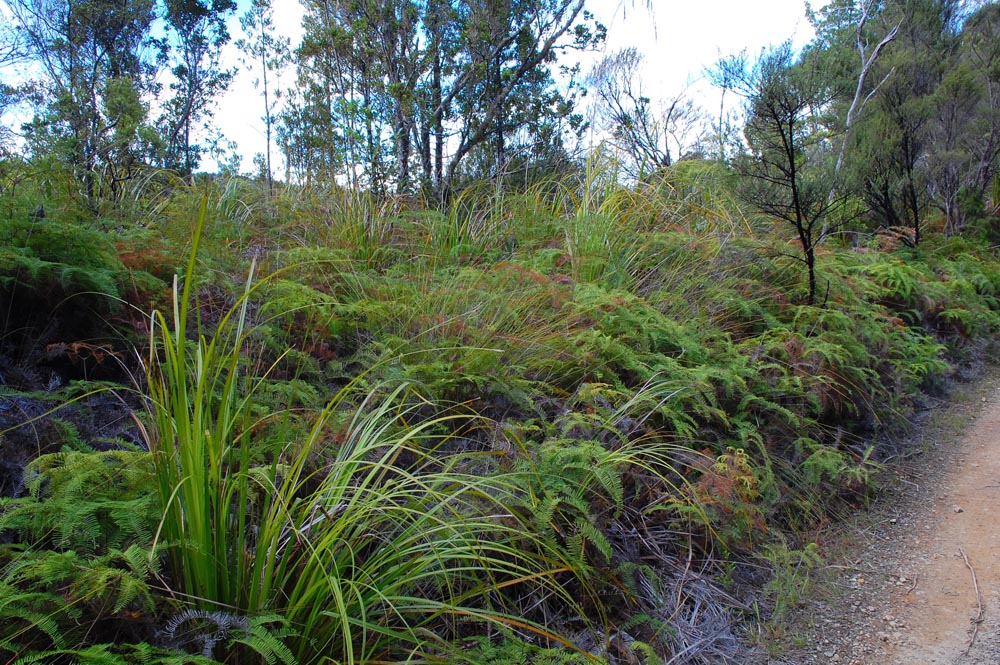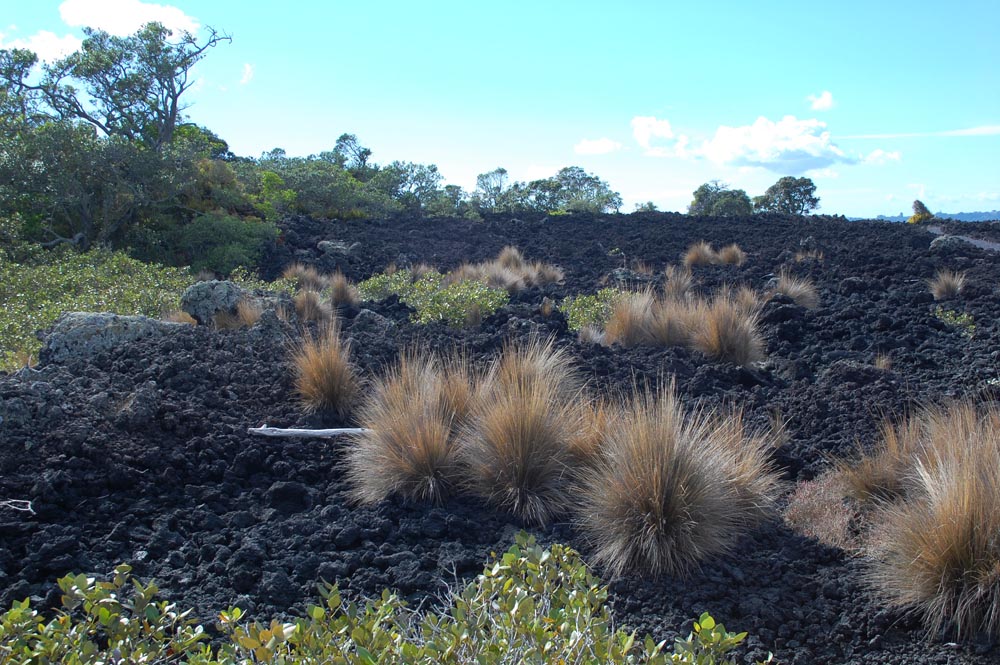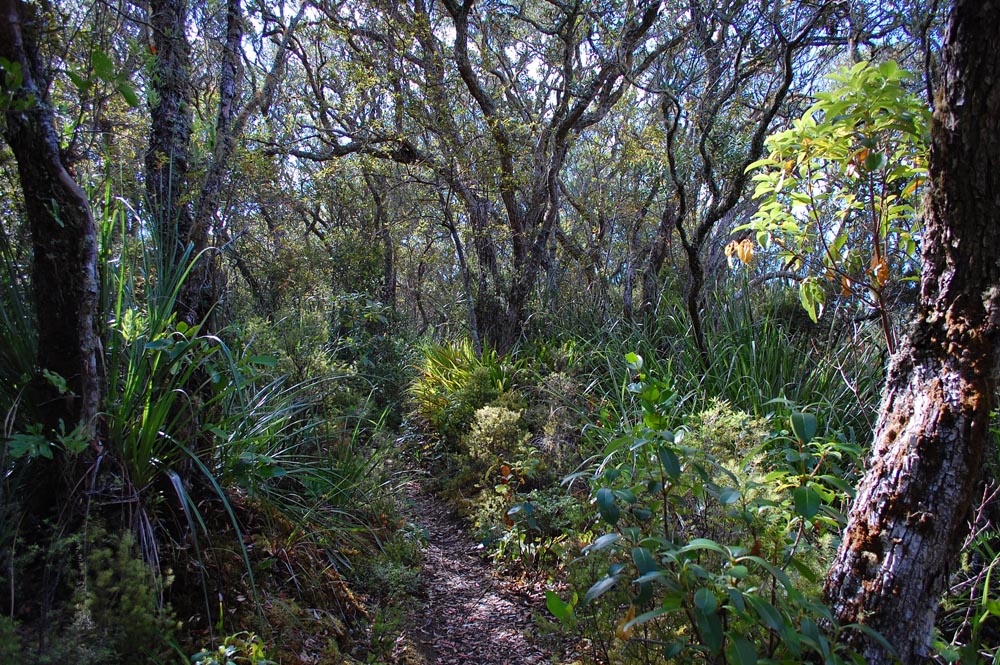Ecological design models for New Zealand urban areas
This is the third article of a series of short pieces for landscapedesign.co.nz in which I look at current trends and ideas in garden design.
I think there is a need to move ‘native’ design in NZ beyond the twin poles of revegetation. On the one hand and garden design with natives on the other to make it truly ecologically inspired. I have been thinking about how to do this and, during my ‘sabbatical’ at University of Sheffield, I saw just how effective it can be to model creative ecological design on wild (ie spontaneous) communities. This means looking at and recording the make-up of wild plant communities that thrive and provide an attractive character and that we would want to imitate in an urban area. This can be restricted to just natives but not essentially. It is quite possible to fulfill some of the ecological roles with well chosen exotics.
To do ecological design in urban areas we need to look for vegetation communities that are adapted to similar climate, (testing) microclimate and (often difficult) ground conditions to those found in the urban design site. What makes it more interesting and, in fact, more achievable is when those conditions are extreme – drylands, wetlands, nutrient poor lands, eg gumlands etc.

Gumland ferns and sedges and shrubs – this characteristic vegetation could be the basis of a design assembly for very poor soils.
We are now quite familiar with the wetland communities found in urban stormwater management systems and how these can be used to create diverse wetland communities. Much urban landscape (especially public landscape) exists close to hard materials – concrete, asphalt, brick, etc.- Rather than remove all this and replace with topsoil at great expense can we use the pioneer vegetation of locations like say the Rangitoto lava beds. In the unique and distinctive Rangitoto vegetation can we see inspiration for city landscape in the northern parts of the country.

On Rangitoto colonising vegetation grows in the most extreme conditions of drought, exposure and even salt water.
Ecological design is about designing with plant communities rather than plant species. The basic unit of design is the community or ecosystem (the community plus its physical environment). It is the way we put these together that can create the diversity and intensity of vegetation and habitat that we need and enjoy in urban areas. So, if we can find a successful combination of plants that grow together on say the exposed lava fields of Rangitoto they could well be effective in say urban plantings where there is little soil and irregular moisture – perhaps a green roof or perched on walls, or as a temporary vegetation on an urban brownfield site where buildings and structures have been demolished and the land is awaiting reuse.

Complex layering in more mature coastal forest on Rangitoto creates attractive and intense detail.
 Nick Robinson, landscape architecture + garden design
Nick Robinson, landscape architecture + garden design
Nick has twenty years’ plus experience of landscape architecture professional practice in New Zealand and Britain. Before setting up his own practice he worked on significant landscape projects across the North of England as a Landscape Architect for Arnold Weddle, for Rotherham Metropolitan Council, and as Design Principal for ECUS, the Environmental Consultancy of the University of Sheffield. This work included a number of award winning landscapes of industry, new roads, campuses, urban regeneration and parks. Nick has worked for over 10 years in New Zealand, gaining broad experience of landscape design in the varied natural and cultural landscapes of the South Pacific.
In addition to professional practice, Nick has taught landscape architecture at universities in the UK (Sheffield and Gloucestershire), USA (Cal Poly) and New Zealand (Lincoln and UNITEC) and has a range of publications to his credit including the Planting Design Handbook (now in its revised second edition) and journal articles. He has recently completed a sabbatical period working and studying at the Department of Landscape, University of Sheffield, UK, with a focus on current thinking on ecological approaches to urban design and innovations in planting design for biodiversity, and working with international experts on urban ecology, green roofs and green walls.


